Valdivia was one of my favorite places to visit in Chile, and is one of the first locations that I'd like to go back to. If you don't have Valdivia on your list of places to see in Chile, I highly suggest adding it -- especially if you're a beer fan. Valdivia is home to the Kunstmann Brewery, along with other smaller, more local breweries. It also has an interesting history (with an excellent fortress that you can visit) as well as easy access to the nearby Isla Teja. And although the weather in Valdivia can be less than stellar, a summer trip can usually solve that problem.
Here's my guide on how to maneuver around Valdivia, inclusive of an introduction to it's very interesting history, transportation and lodging, and the top things to do in Valdivia.
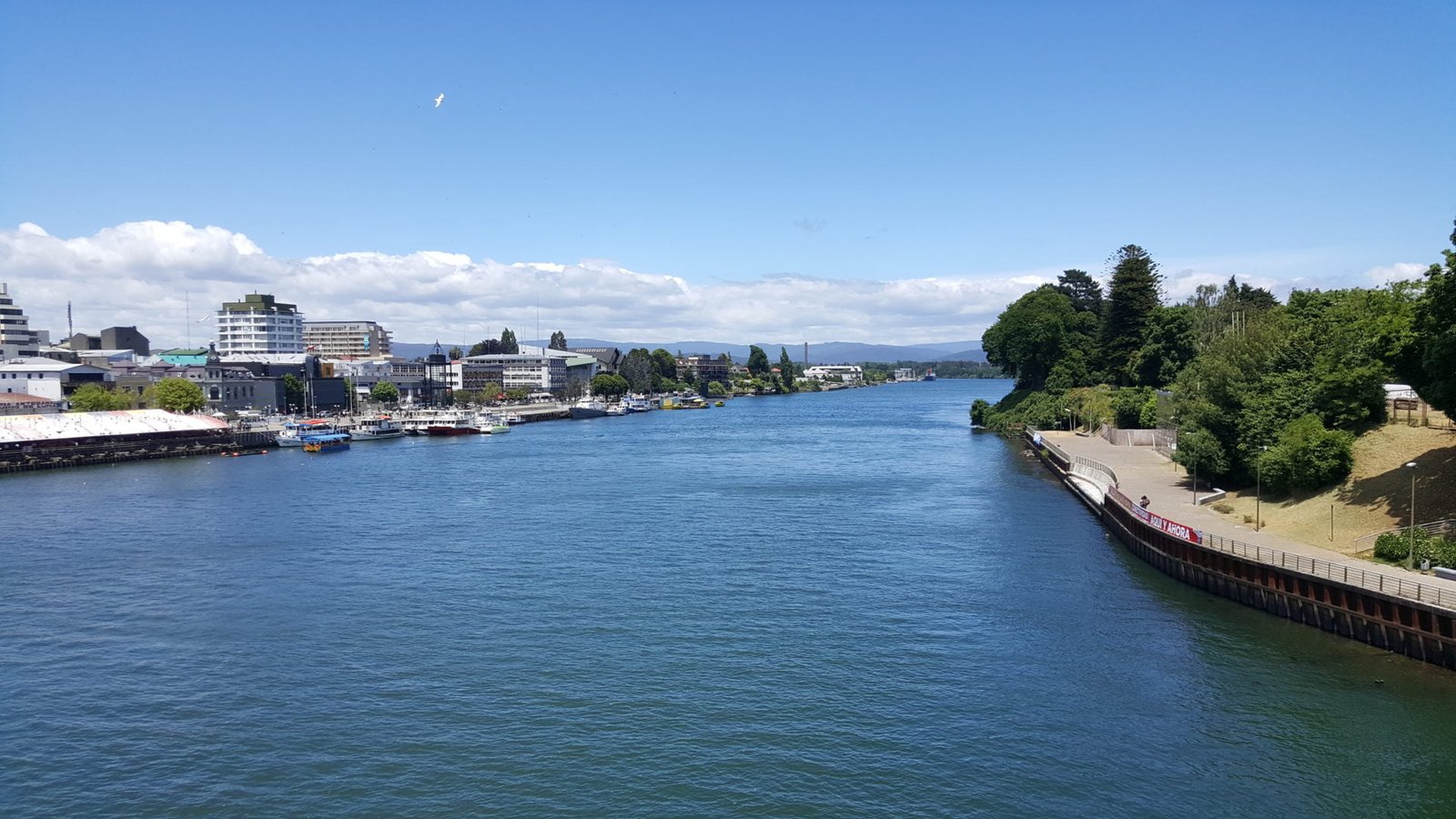
A beautiful view of Valdivia from the bridge to go to Isla Teja
Unsure how to fit Valdivia into your trip to Chile? Check out Ramone and mine's 1 month excursion through Chile and see how we zig-zagged around this long country.
Weather in Valdivia: Best Time to Visit
The weather in Valdivia can be bleak. Valdivia is very rainy throughout the year. People change the name and call it Valluvia due to the constant rain (lluvia is rain in Spanish).
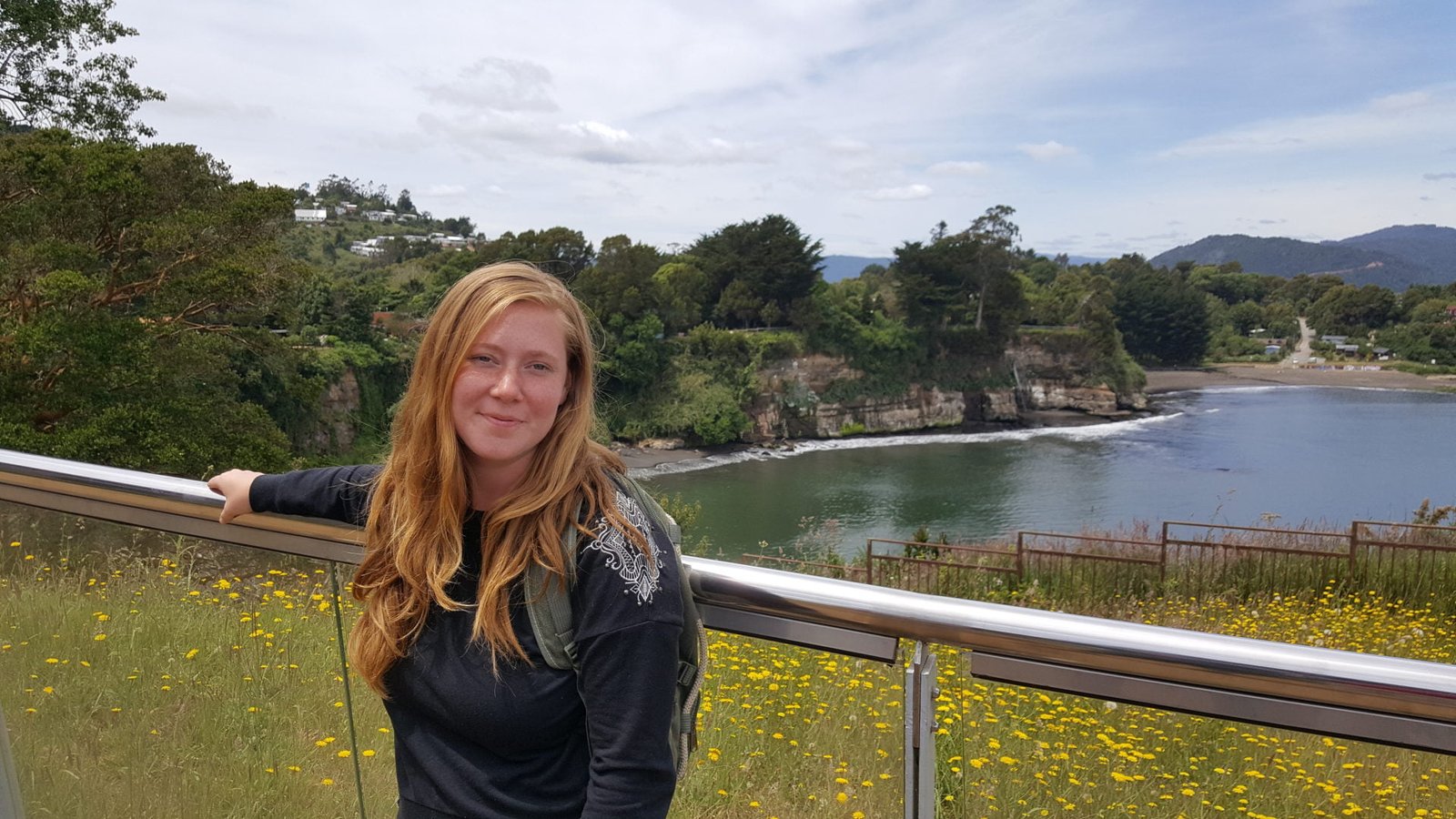
So, summertime is the best time to visit Valdivia. Remember that Chile is south of the Equator, so summer there will be winter in the northern hemisphere. Ramone and I visited Valdivia in December, and although it was somewhat foggy we didn't see any rain and only had to wear long-sleeve shirts.
Where to Stay in Valdivia
We stayed in an AirBnb located within Valdivia off of Calle Vicente Pérez Rosales and Calle Domeyko. After trying to search AirBnb again, it wouldn't go to a direct link so I don't know if the place is still up for grabs. It was a cute little apartment that we had all to ourselves, with a kitchen, bathroom and bedroom, along with an old-fashioned box TV. It was about a 10 minute walk from the downtown fish market and the bridge to get over to Isla Teja.
We stayed for four days/three nights for $37/night (including taxes), so $18/night per person. You can certainly find a shared hostel in Valdivia for cheaper if you're traveling by yourself, but even for one person $37/night isn't bad.
How to Get There
We took a Pullman Sur bus from Puerto Varas to Valdivia, then took a green colectivo from the bus terminal to get dropped off around where our AirBnb was. There are buses from most larger cities/towns in Chile that will get you to Valdivia: you can just show up the day of and buy at the ticket window, or buy in advance.
All we did was walk outside of the bus terminal, tell a colectivo driver where we were attempting to go, and he let us know what colored colectivo we needed to take. A colectivo is a shared taxi with a set route (sort of)-- alternatively, regular taxis are available for slightly more money.
Once we had dropped all of our luggage at the AirBnb, we pretty much walked everywhere within Valdivia and to La Isla Teja. We took a public bus to La Niebla, which was about $1 each way.
History of Valdivia
If you aren't interested in history (no judgments, and I go into a lot of detail here), skip down to what to do in Valdivia. Valdivia is named after Pedro de Valdivia, the Spanish conquistador that first founded Santiago, Chile. Valdivia was founded in 1552 and was the fourth city that the Spanish founded.
Located on the coast, Valdivia has access to two important rivers that connect to the Pacific Ocean: Las Cruces and Calle-Calle. It is also in a strategic location due to its proximity to the Strait of Magellan. Over time, this location became crucially important to the Spanish.

The Arauco War and Valdivia
Prior to the conquistadores, the Mapuche-Huilliches (huilliche meaning people of the South in mapugundun) had long settled and inhabited the area. Huilliche (link in Spanish) are the Indigenous group that settled between the Río Toltén and the island of Chiloe.
Sometimes the term Mapuche is designated to describe all Indigenous Peoples of Chile; other times it's used to only describe the Mapuche of the Araucanía Region. When the Spanish arrived, they called the Mapuche the araucanos, hence the naming of the region; today, the Mapuche largely reject the name araucano. Here, I'll refer to the original residents of the Valdivia area as Mapuche-Huilliche for specificity.
Valdivia is located smack in Indigenous territory, so the Spanish had a very tough time keeping this area. They were engaged in the Arauco War for decades (the war is roughly believed to have started in 1536 and lasted until 1883).
In 1598, the Mapuche-Huilliches managed to deal the Spaniards of Valdivia a resounding defeat in the Battle of Curalaba, where they also killed the governor. The next year, they plundered the Spanish area of Valdivia and destroyed many of the fortresses that they themselves had been forced to build.
An Analysis of the Arauco War
Rodolfo Disi Pavlic, in his article "Explaining the Outcomes of Asymmetric Conflicts Revisited: The Arauco War" analyzes the Spanish defeat and proposes two theories on how the weaker side (in terms of weapons, etc.) managed to defeat the stronger side. Do take the time to check out the article, but in summary here's what Mr. Pavlic has to say:
This article argues that the Arauco War can be reasonably understood as an asymmetric war, this is, a war in which one of the sides (Spain) is substantially stronger than the other (the Mapuche)... ...The article divides the war roughly into two periods -- the initial one, where the Spanish easily prevailed, and the later one, where the Mapuche triumphed-- and uses the method of comparative historical analysis to tease out the factors that affected the outcomes of the war in each period. It concludes that the Mapuche prevailed because they were able to change their initial, frontal war tactic to something akin to guerrilla warfare, and that the Spanish could not solve the information problem needed to triumph due to cultural differences between the two factions.
"Explaining Outcomes," Pavlic, 100-101
The Dutch Expedition to Valdivia

With the Spanish defeat, in 1643 the Dutch launched their own expedition to capture the Valdivian fortresses. Led by Hendrick Brouwer, the Dutch managed to take over the fort for a short period of time, but were also met with resistance and hostility from locals.
Although I have not read the book, To the Shores of Chile by Mark Meuwese documents the Dutch expedition to Valdivia. It's on my reading list that seems to be exponentially expanding.
A few years later, the Spanish decided on the necessity to re-fortify Valdivia and continued to build on the fortresses in Corral and Niebla, both of which had access to the Pacific Ocean. These fortresses were started decades before when Pedro de Valdivia had first established Valdivia, but were largely destroyed in 1559, somewhat rebuilt in 1602, briefly taken up by the Dutch in 1643, and now re-built by the Spanish starting in 1645.
War of Independence: The Battle Over Valdivia, Chile
Who else but Lord Thomas Cochrane would have led the battle of Valdivia? Cochrane arrived in Chile in 1818 after being shamefully booted from the British Royal Navy. In 1820, he decided to launch a daring attack against perhaps the most important stronghold for the Spanish: Valdivia.
Lord Cochrane and his crew disembarked slightly south of the forts and rushed the fuerte Inglés first (article linked is written in Spanish). The Spanish, not expecting an attack by land, were taken by surprise and chaos ensued.
Once victory was complete, Cochrane continued on further south to Chiloé. As Valdivia was an important port for the Spanish, the defeat of Valdivia dealt them a significant blow in Chile's war for independence.
What About the Germans in Valdivia?
Have you heard about southern Chile being a bastion for the Germans? Did you think that Kunstmann was German (it is)? A common reason to travel to Valdivia is to see how German settlement transformed this region. So, where do they fit into this history?
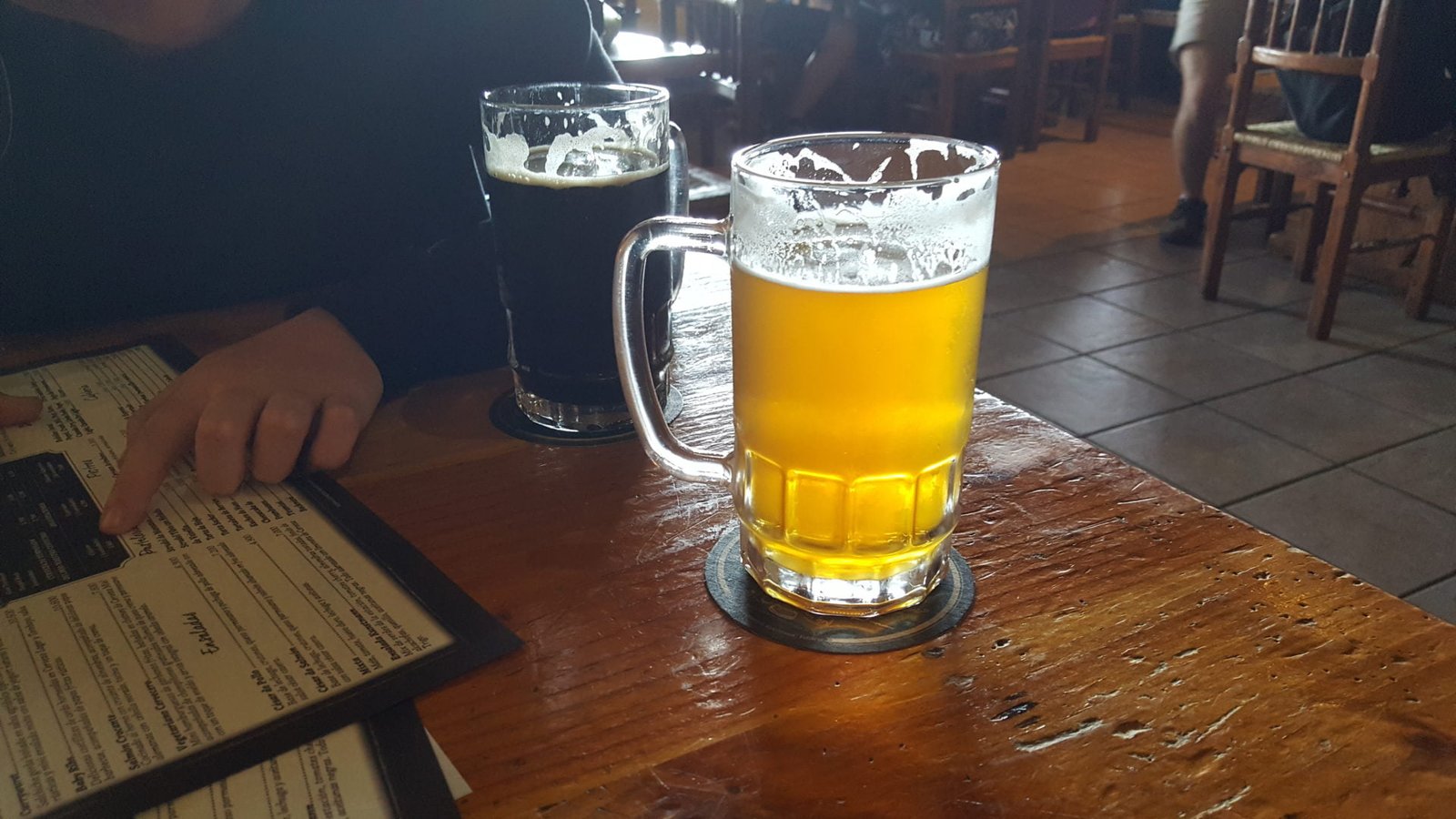
Yay for beer at Kunstmann Brewery
Apparently, Germans started migrating to Chile in around 1850 -- in part because of fear of the 1848 revolutions happening throughout Europe, and in part due to a state-led scheme to promote European colonization in southern Chile.
The Chilean legislature passed the Ley de Colonización (Law of Colonization; link is an article in Spanish) in 1845, which essentially promoted "colonist recruitment," but mainly from specific countries in Europe.
Bernardo Philippi was put in charge of recruiting German Catholics; however, he persuaded the government to agree to allow German Protestants to come and settle parts of southern Chile as well.
Vicente Pérez Rosales (link is written in Spanish), who has both a street and a park in Valdivia named after him, was named the agente de colonización de Valdivia y Llanquihue. So, with open doors from Chile, many Germans ended up migrating to parts of southern Chile.
More Recent German Migration to Chile
Chile, Argentina and Brazil have all been called out for harboring former Nazi party members. According to the article by Christopher Klein entitled "How South America Became a Nazi Haven," Chile took in between 500 to 1,000 former Nazi party members (Argentina far surpassed Chile, with numbers estimated at around 5,000).
The most well-known Nazi member in Chile was Paul Schafer, who formed Colonia Dignidad in the Maule Region (right near where I lived for eight months). Schafer was a pedophiliac priest who raped countiess young boys in the gated cult called Colonia Dignidad. (Anyone seen that movie with Emma Watson called The Colony? That was about this cult).
The Great Earthquake of 1960
Valdivia is perhaps most well-known for the grand earthquake of 1960 -- the most powerful earthquake ever recorded at a level 9.5. In Chile, Valdivia was the town hit the hardest.
The earthquake demolished large sections of the town; the tremors also created tsunamis, which flooded the city.
Best Things to Do in Valdivia
There are a lot of fun options in Valdivia .Here are my top five things to do in Valdivia, plus an additional four options that Ramone and I personally chose not to do (but doesn't mean that they aren't worth it! We just had limited time, so we had to prioritize).
1. Drink Beer!
Yes, Valdivia is known for its beer and so first and foremost you need to check out Kunstmann Brewery. We also found Bundor, a local brewery on the Island of Isla Teja, that had incredible artwork and good beer.
Kunstmann Brewery, Valdivia
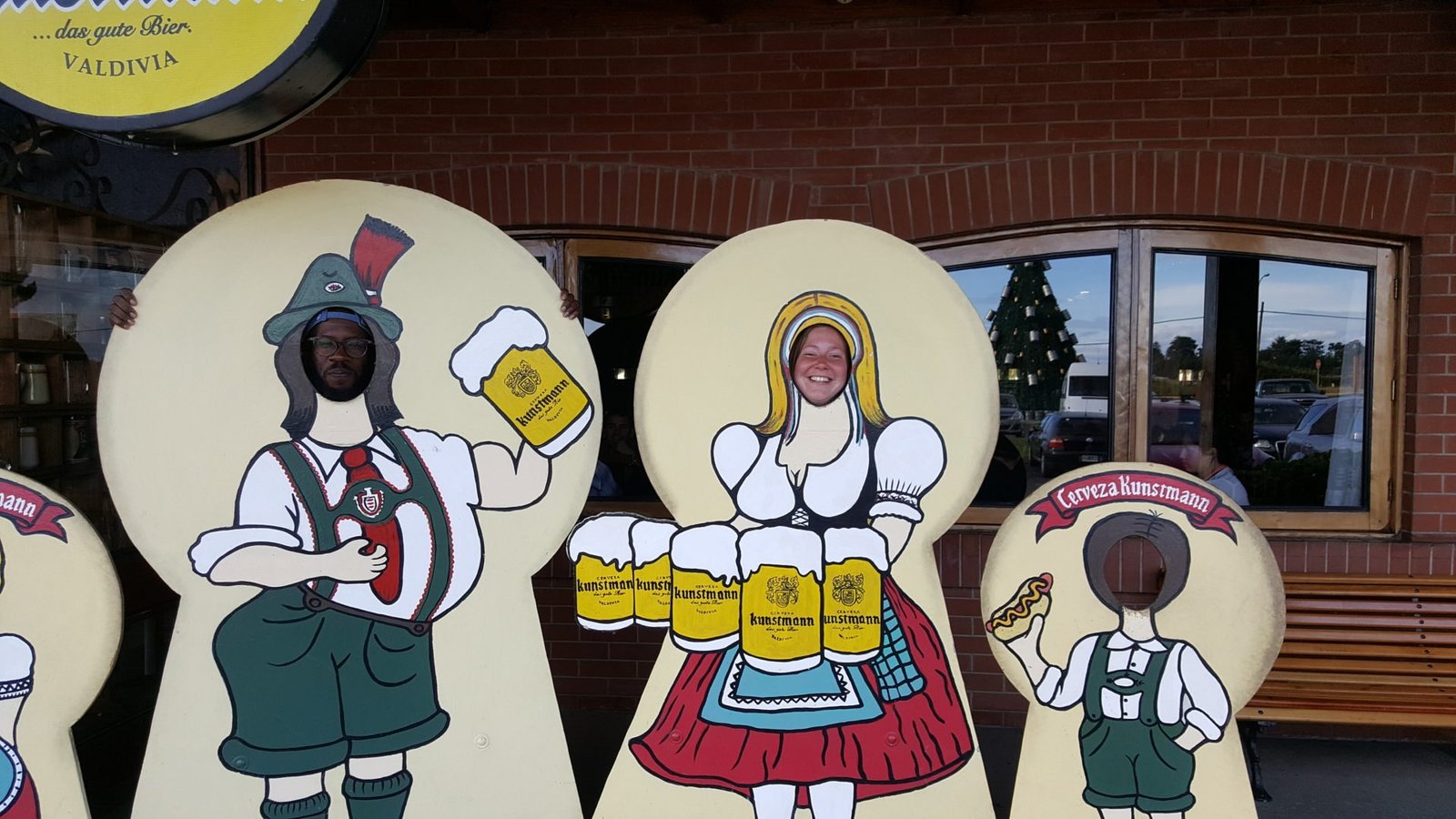
Kunstmann is actually located just outside of Valdivia, in a small town called Torobayo, Chile (Torobayo is also one of Kunstmann's classic beers). It's located on the way towards Niebla from Valdivia, so it's best to combine this trip with your trip to the fortress in Niebla (which will be highlighted below). We chose to go to La Niebla first, and then stop at Kunstmann on the way back for dinner and drinks.
How to Get to Kunstmann Brewery
We took the public bus to Kunstmann from Valdivia, the Micro 20. I'm sure there are taxis available, as they always are.
The bus to Kunstmann picks up right on Avenida Alemania in downtown Valdivia, a couple blocks before the bridge takes you over to Isla Teja (1 block before Calle O'Higgins). The bus is clearly labeled as #20 and says LA NIEBLA. It was 600 CLP when we were there, but just grab some change, tell the driver you're going to la fortaleza de la niebla, and he'll verify if it's actually 600 pesos still. Or if you'd rather go to Kunstmann first, tell him you're going to Kunstmann. People are nice, it's okay.
What to Order at Kunstmann Brewery
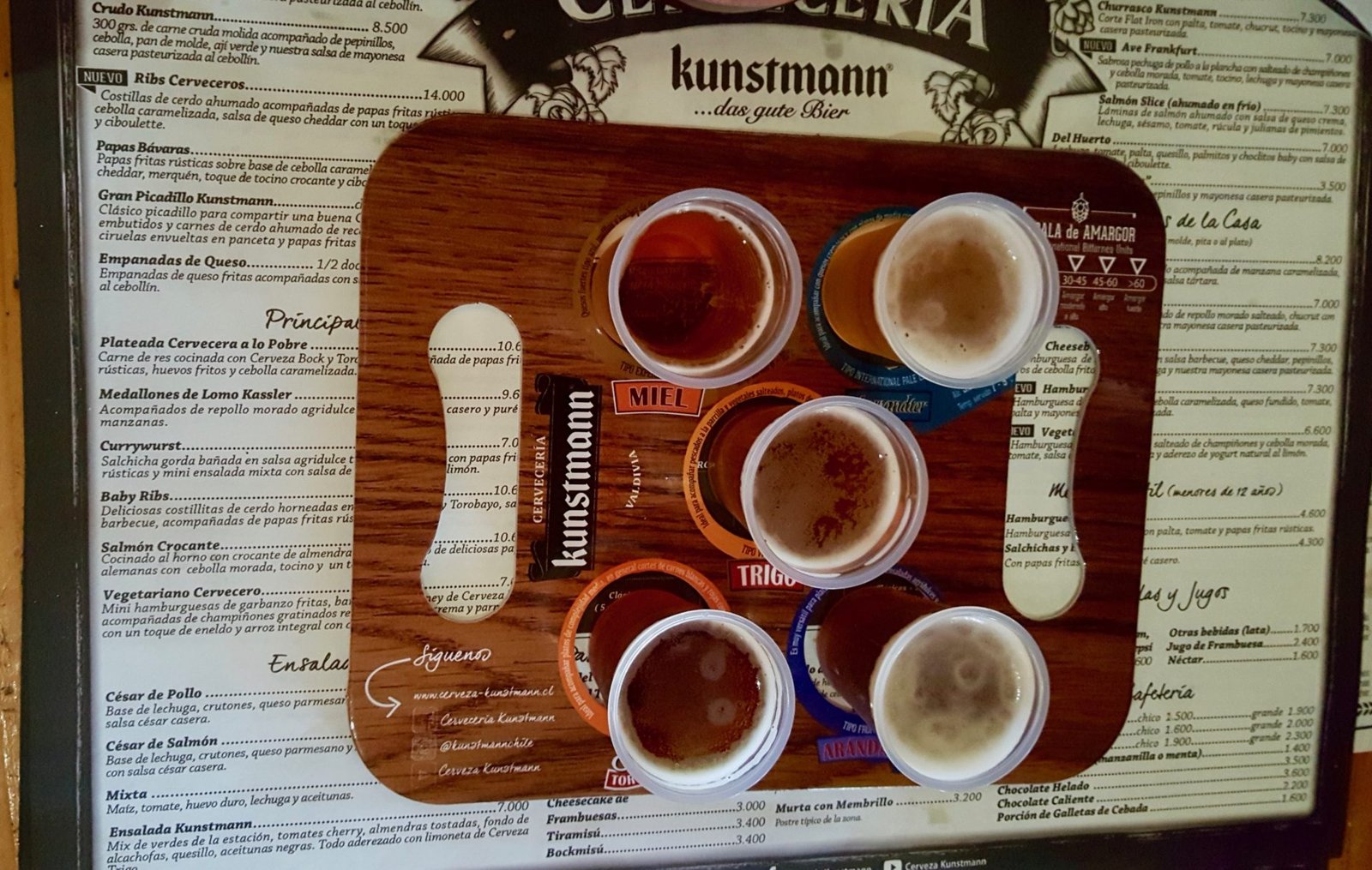
One of the flights we got at Kunstmann Brewery
Whatever you want! There are a ton of different beers at Kunstmann Brewery. We chose to get two flights, and then ordered a pint apiece of our favorite at the end (or maybe it was a half liter, who knows?).
As Kunstmann is known for its raw beef dish, we decided to try the carne cruda (raw beef) as an appetizer and had some delicious, juicy burgers for dinner.
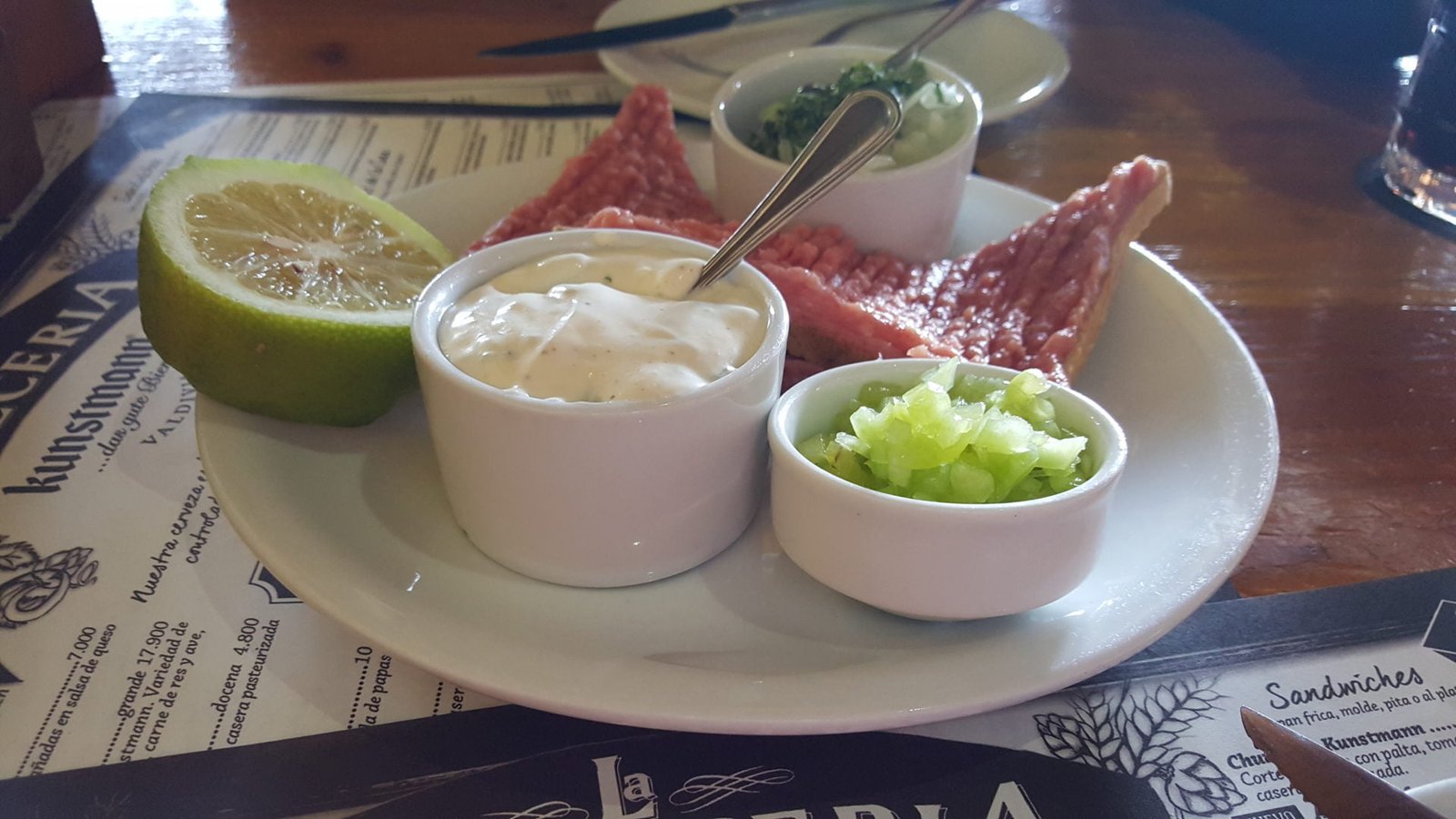
I don't crave burgers in the states. They're everywhere and typical pub food. But after being in Chile for 8 months and not having a good burger once, it was a delightful treat. Judge or don't judge, it's whatever.
We were given menus in Spanish, so I don't know if they had an English version. Interestingly, their menu not only just displays the bitterness of the beers and the calories, but the color and the desired temperature that it should be drank at (thanks Germans!).
Bundor Brewery, Valdivia
Bundor is located on La Isla Teja; there's the Austral University of Chile located there, as well as a few different museums and some wonderful free walking areas that show you different flora and fauna of the region, and some beautiful views of the areas. It's a gem of a brewery; although Kunstmann is excellent and more well-known, my favorite reason for traveling to Valdivia is to try smaller breweries. You can easily stop at Bundor Brewery while you're checking out the the Isla Teja.
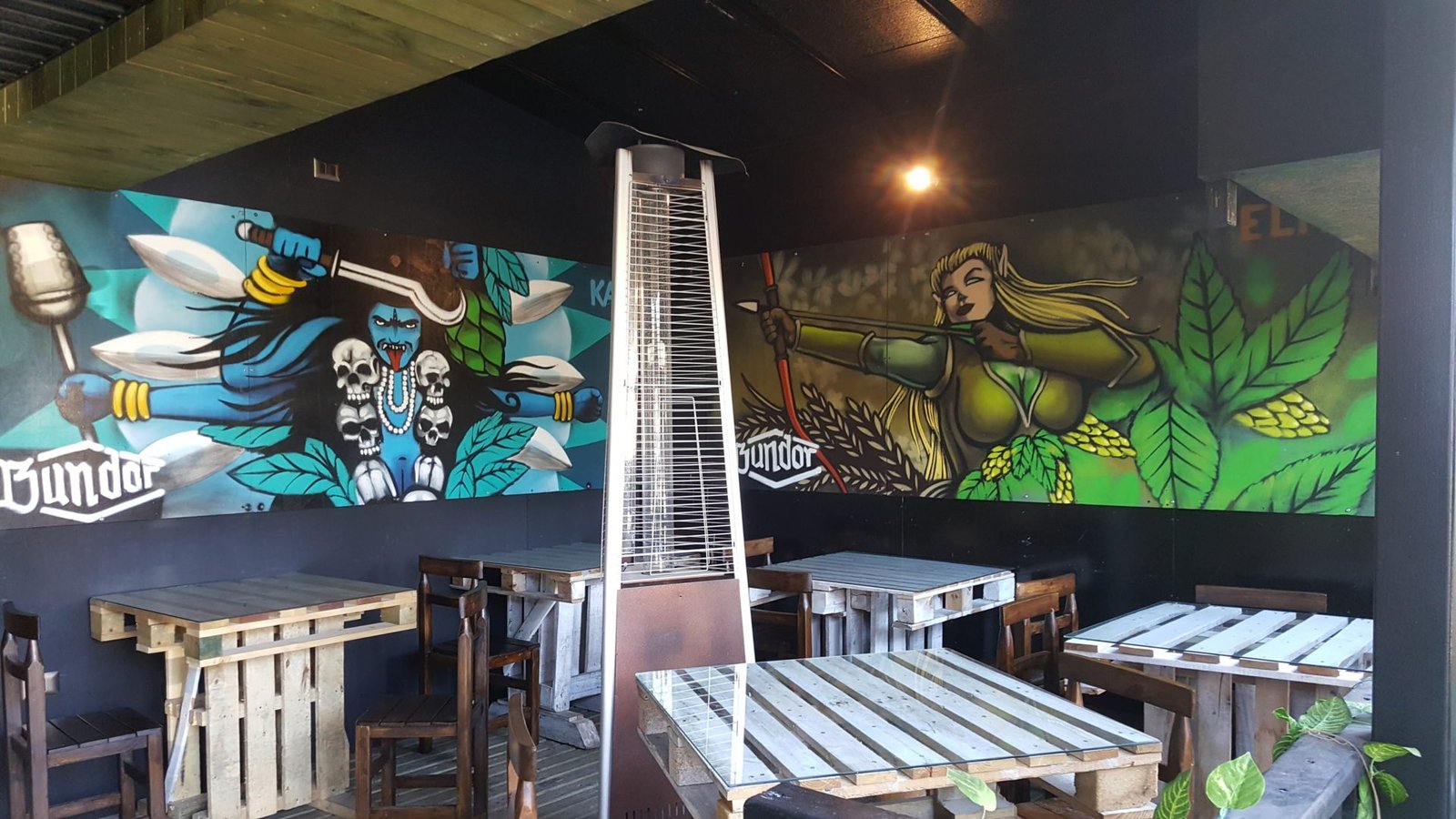
Cool artwork at Bundor Brewery
How To Get To Bundor
Walk. It's a short walk from Valdivia; cross the bridge to get to Isla Teja and Bar Bundor is on Los Alerces. (We checked out Parque Saval and surrounding areas first, then went to Bundor after).
2. Visit La Fuerte de Niebla
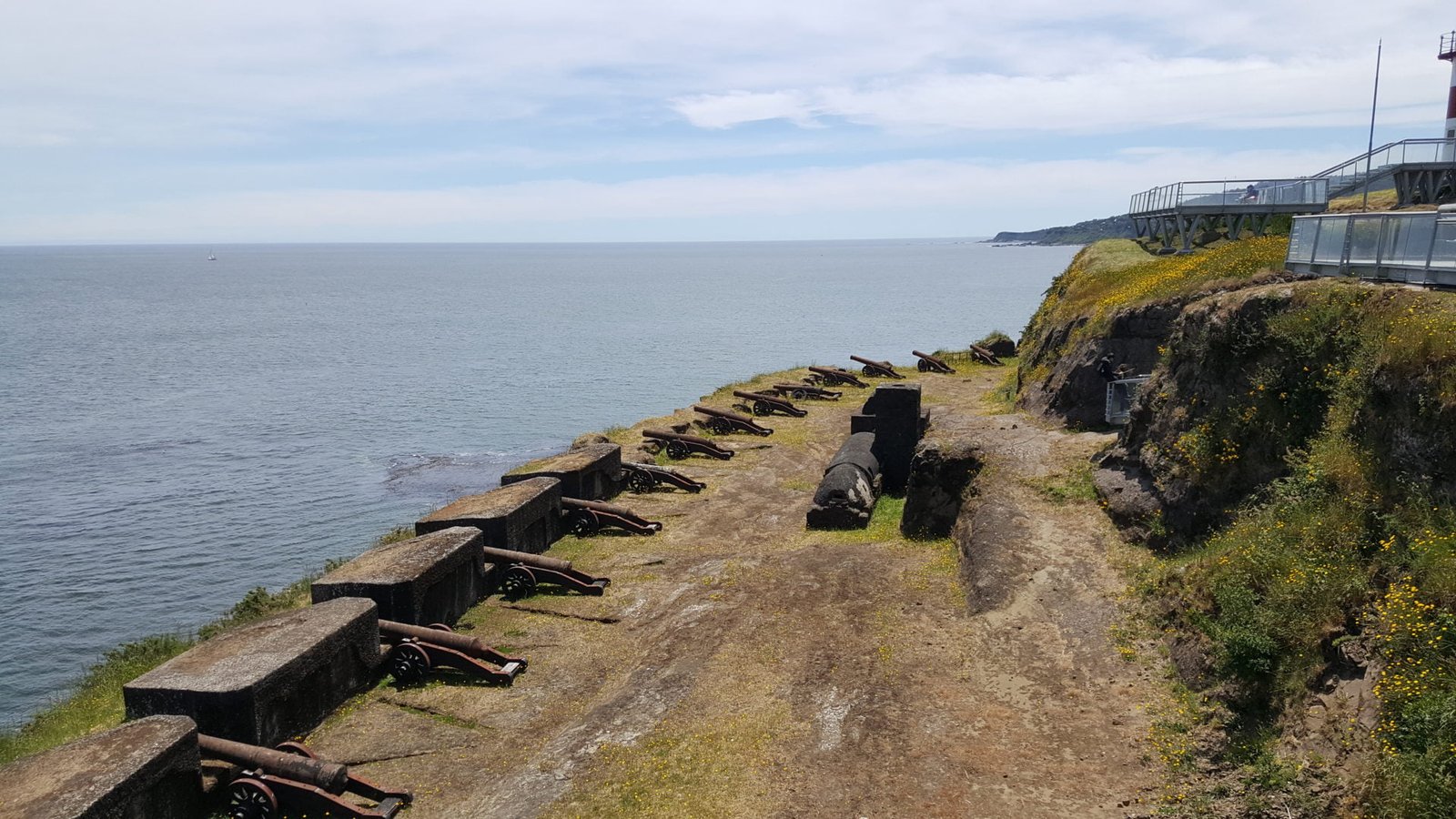
Canons at the fort in La Niebla
Besides the beer, this was my favorite part and one of the best things to do in Valdivia. La Niebla is a small town at the mouth of the Pacific Ocean, which hosts an impressive fort that's free and a beautiful beach where you can swim in the ocean!
How To Get to La Niebla
See the description under Kunstmann Brewery; take the #20 bus to La Niebla from Valdivia and get off.
What To Do at La Niebla
The fort is a must-see. Not only is it free to walk around, but there are signs in both English and Spanish explaining the history and what the fort was used for. Take pictures! Enjoy the view.
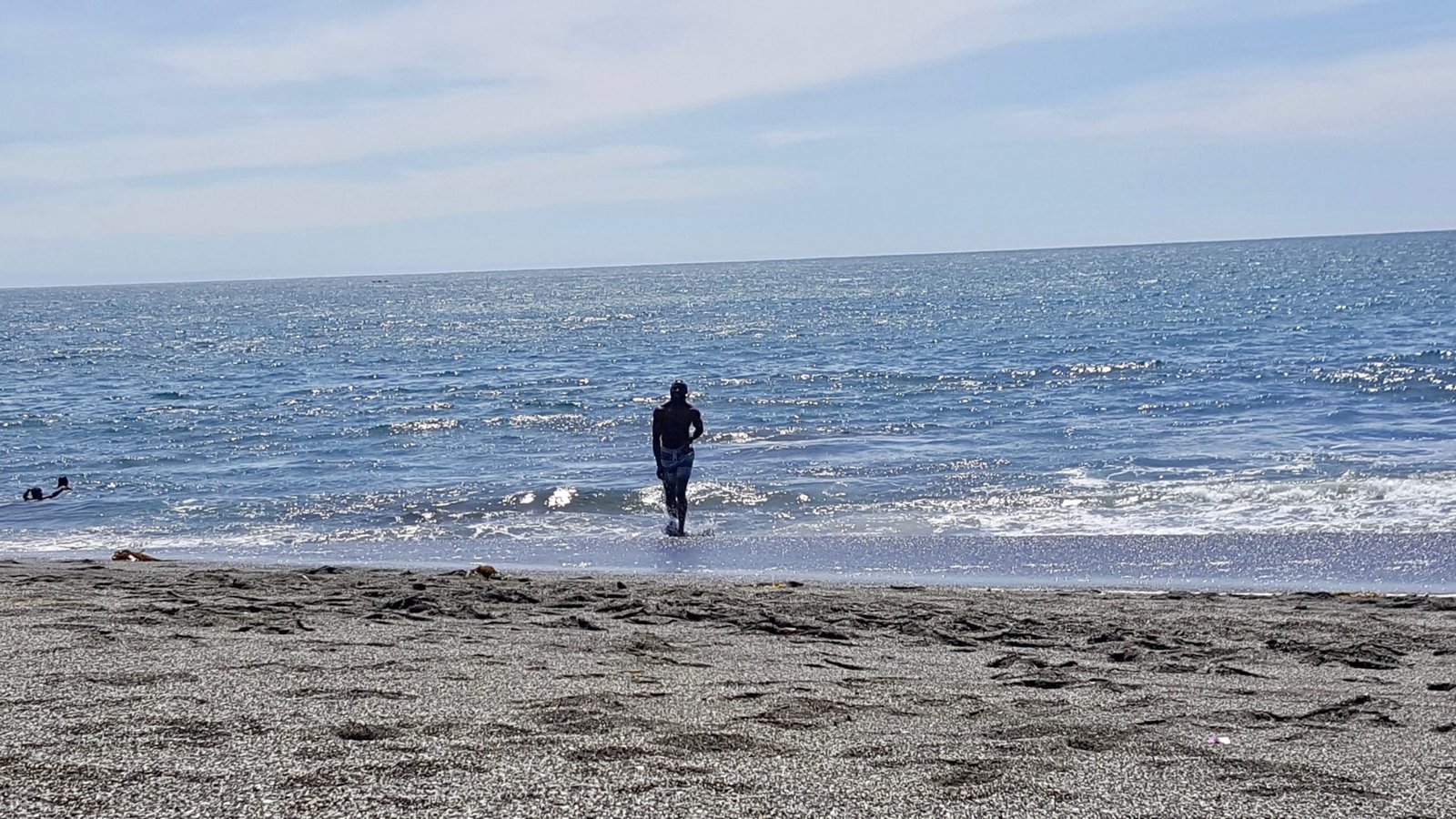
If you're looking for another reason to convince you that Valdivia is worth it, you can also chill at the beach! The beach in Valdivia is in La Niebla and is a very short walk from the fort of La Niebla. You can take a frigid swim in the pacific, ahere are a few small stores and plenty of people selling snacks on the beach, so eat a few snacks and relax. We conveniently sat down next to a group of young men who were blasting music from their little speaker and had set up a little tent that they would go into to change into their swim trucks (apparently they were way too cool to do what Ramone and I did, which was hold up a scarf around each other and awkwardly twist into the bathing suit).
3. Explore the Parks in Isla Teja
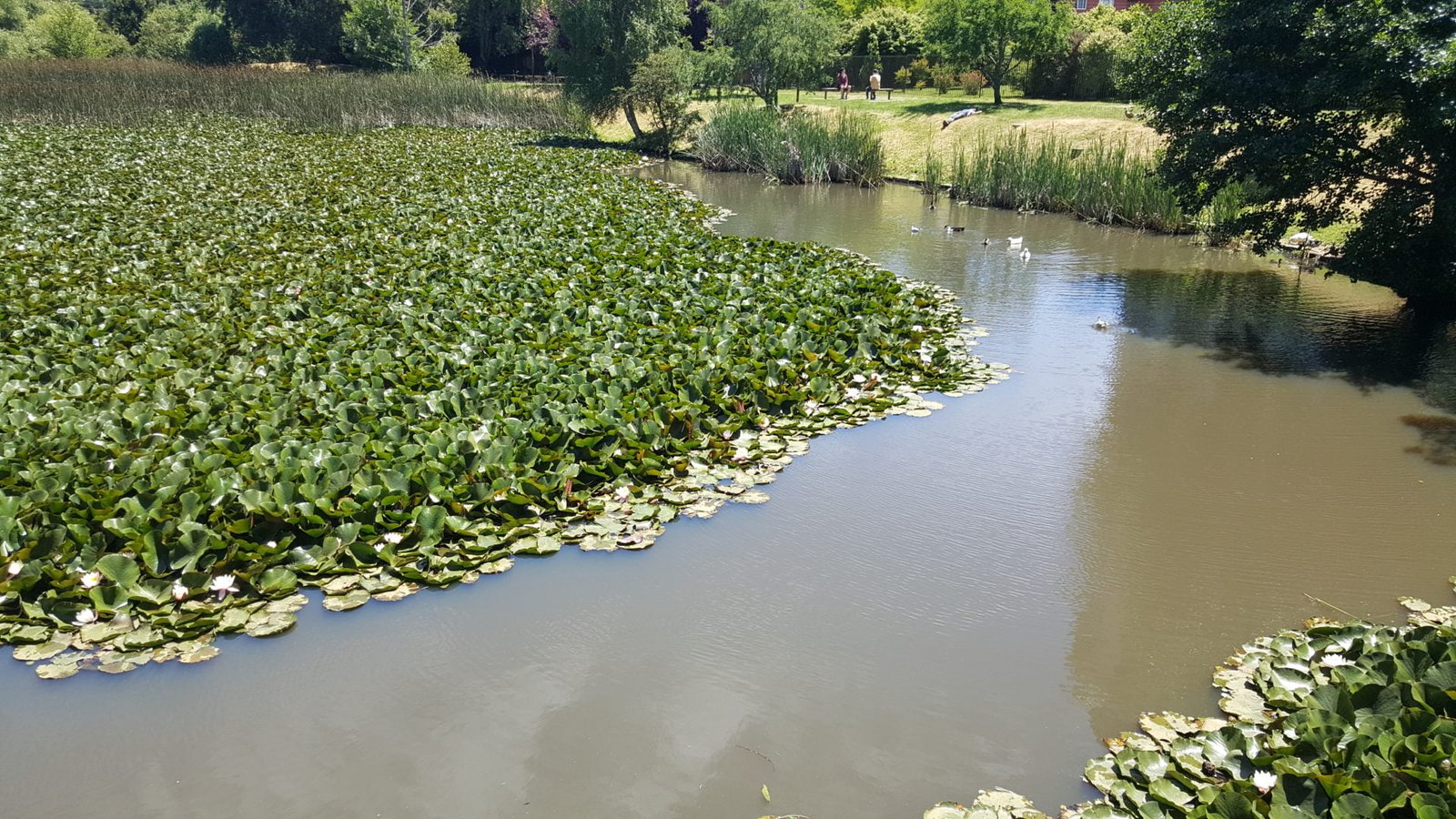
Pair this with your trip to Bundor.
Isla Teja is interesting: it used to be a German haven, where German was taught before Spanish. It was a lot more isolated, but now there's a bridge that gives you easy access to the island. Parque Saval in Isla Teja is awesome. It's free, and there are plenty of different walks that you can take.
The path we ended up on was designed by the Austral University, and so they had signs labeling the native flora and fauna that was located on the route. There were also plenty of birds to watch. We didn't pay any admission to take the hike that we did, but we did just walk through a half-opened gate so who knows if we were even supposed to go in. We did see a few other people on the path as well, plus some horses that were running freely.
4. Go Shopping in Valdivia: Check Out the Mercado Fluvial + Mercado Municipal
Okay, this is a classic staple that you must do while in Valdivia, Chile. It's also by far the easiest: located centrally in downtown Valdivia, right next to the river, you can incorporate both on an easy stroll while checking out the city your first day there.
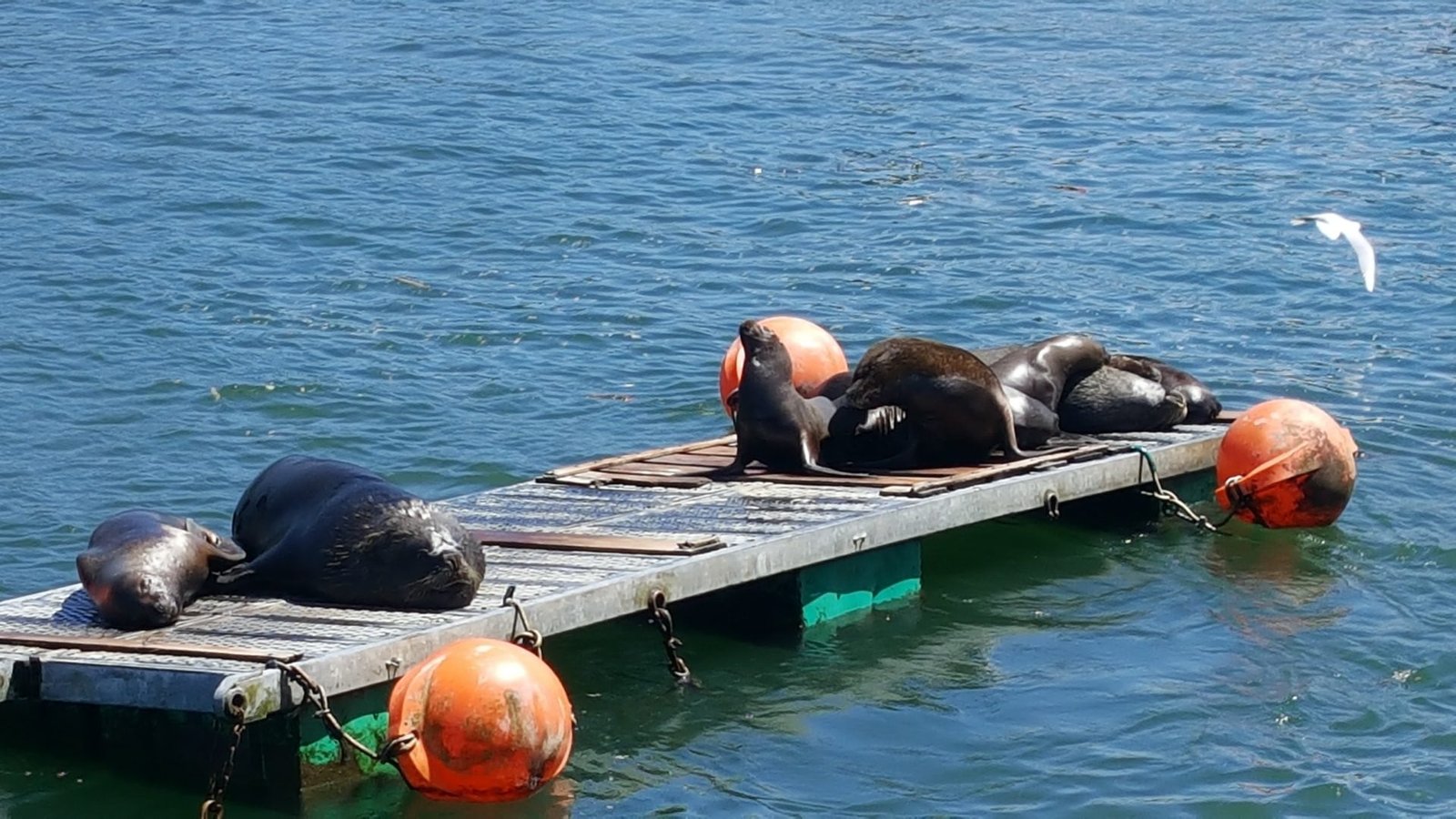
The Mercado Fluvial in Valdivia is the fish market. There are a lot of sea lions. If you haven't seen sea lions before, you'll quickly realize that they're ugly and they make weird ass noises. They also like to sunbathe and are incredibly spoiled because they get fed fish all day.
But, try some fresh seafood and go shopping in Valdivia in the adjoining feria called the Mercado Municipal -- I bought a few different cheap souvenirs here to hand out as gifts to friends.

5. Sing Karaoke at a Local Bar
Bet you didn't think that karaoke was a top thing to do in Valdivia (maybe it isn't, but we had fun). We went to Shot Karaoke (don't believe they have their own website, but they do have a Facebook page).
If you haven't seen karaoke in Chile, you should really check it out somewhere (anywhere - but this a smaller spot - the place I went to in Santiago we literally had to wait outside because the karaoke place was at max capacity. I was going for a friend's birthday, otherwise I would not have waited).
I don't want to give too much away, but there are a lot of Chileans that love karaoke and also really know how to sing. It's not like the states, where a group of drunk females sing a Backstreet Boys song. No, these people sing love songs from their chairs and make their voice waver in ways I could only dream about doing.
For the record, Ramone sang Missy Elliot's "Get Ur Freak On" and had a blast. I watched and took the video (which we then lost because he dropped his phone at La Niebla and it cracked and ceased to work).
Other Things To Do in Valdivia, Chile
There are plenty of other options in Valdivia that we just didn't get to and didn't prioritize. Depending on what you like to do, these may rank high on your reasons to travel to Valdivia. Here are a few alternatives:
Go see Corral
Corral, Valdivia is located across from Niebla (you should be able to see it) and is home to another fort. If you liked Niebla, Corral is probably worth it and if we had had another day in Valdivia we would've checked it out.
Check out the O'Brien Submarine in Valdivia
Yeah, apparently there's a submarine turned into a museum. I honestly had no idea it was there at the time.
Take a boat tour in the lake district
WValdivia has two main rivers so of course there are boat tours as options. As we didn't take one because we're averse to any type of tour, we can't give you any information. But it's all out there for you to figure out!
In Conclusion
Are there enough reasons to travel to Valdivia? YES! It's small but lively, has enough to do, and has some really pretty views. There are also so many things to do in Valdivia: It has some great breweries, good seafood, boat tours, and is easily accessible and cheap to get around.
Liked this post? Pin it!
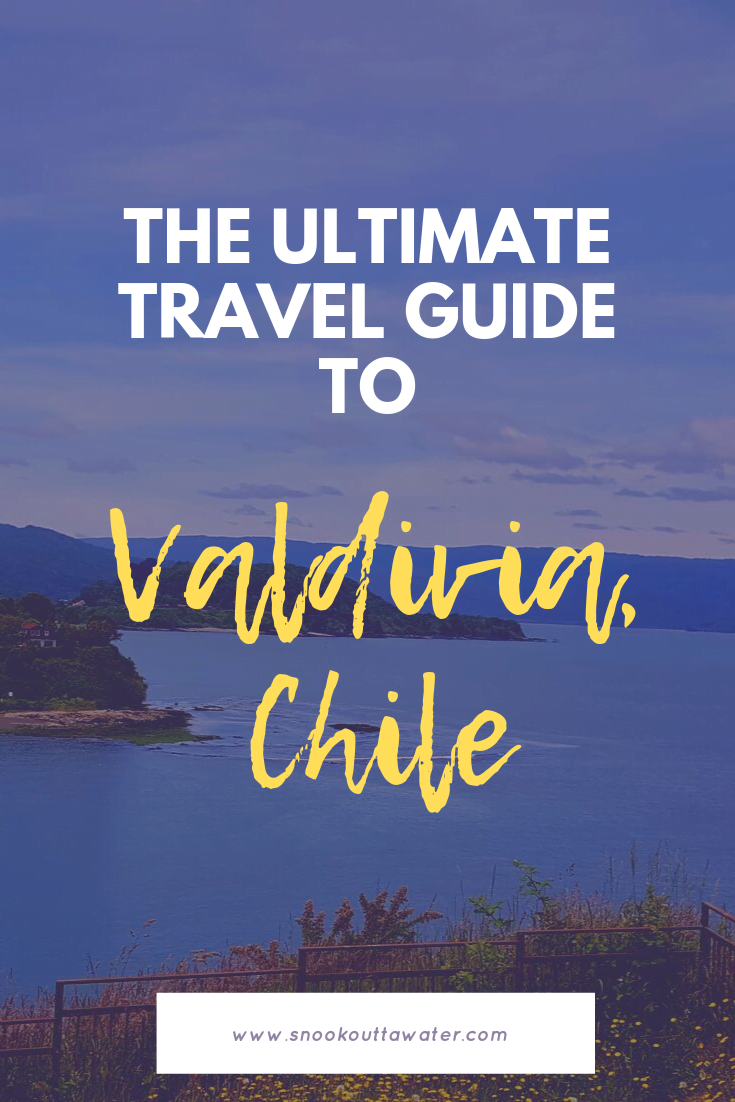
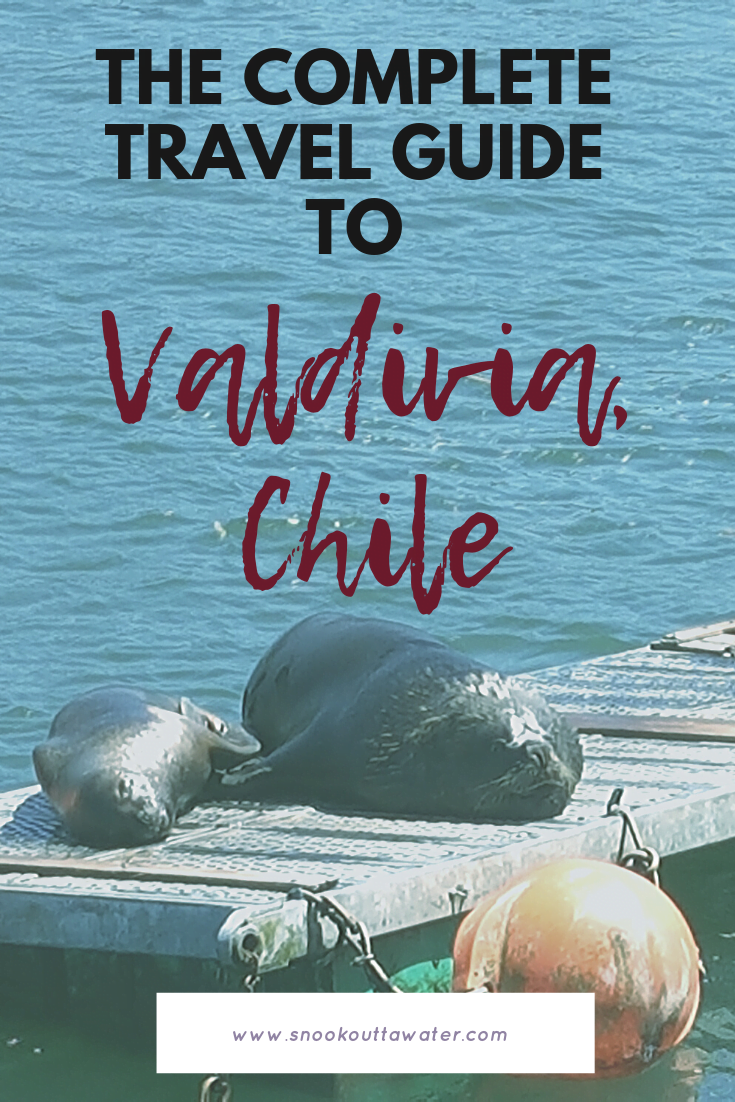


Subscribe to receive Snook Outta Water's monthly newsletter with exclusive updates and content.
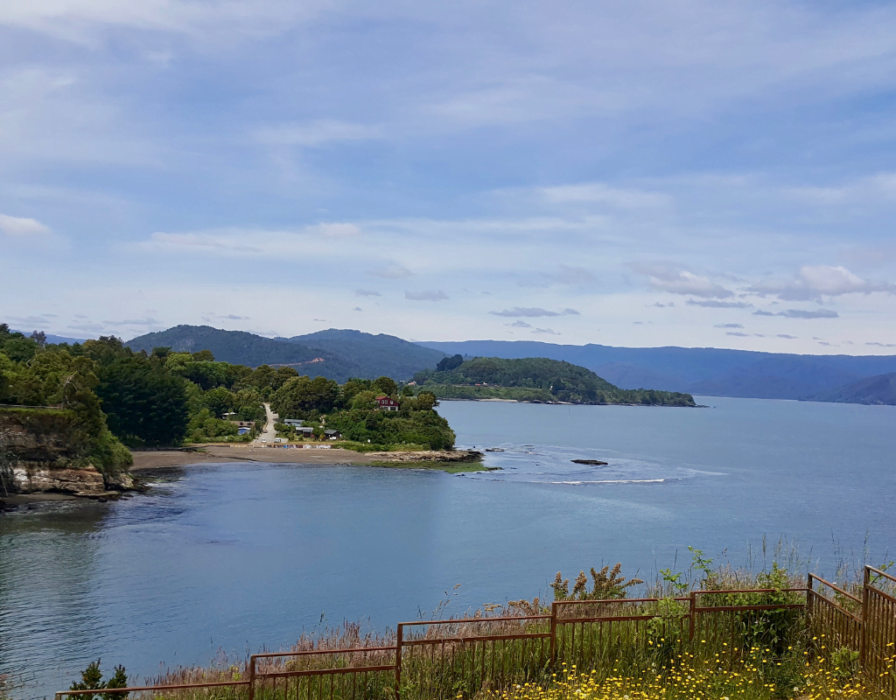
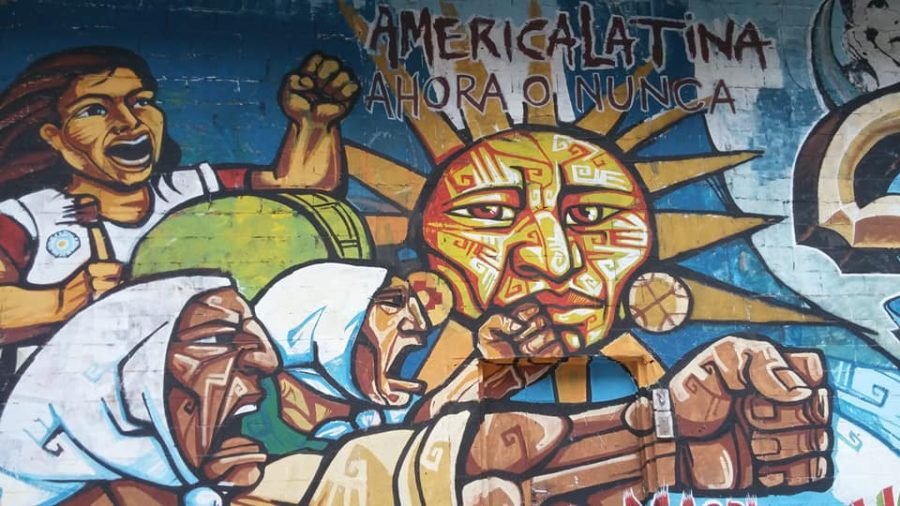
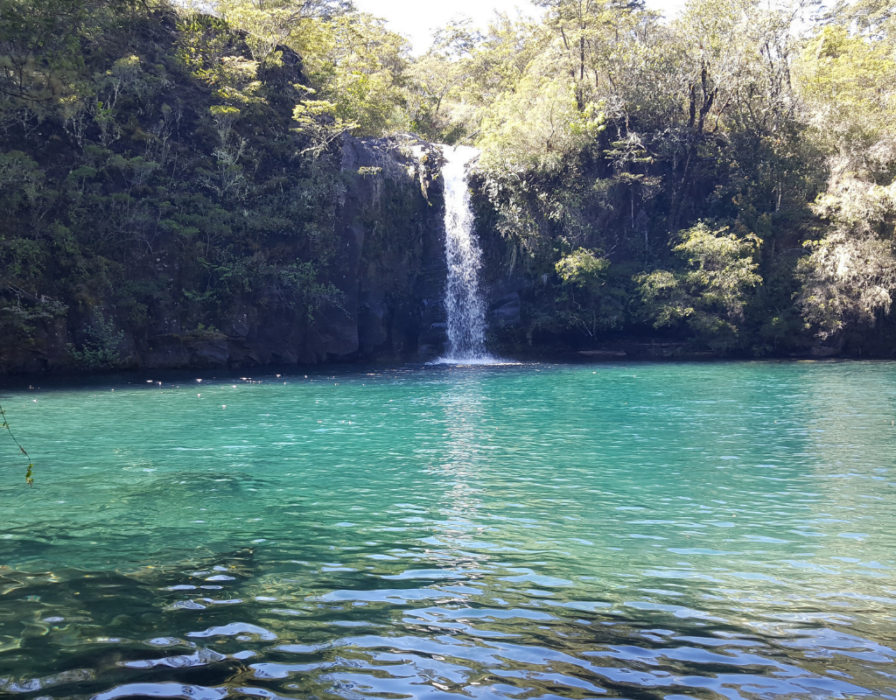
Vladivia looks like a wonderful place to visit! I would never have guessed it was known for beer and a German community. Would love to visit here one day, thank you for all the great info! 😁